FIX: “This network is operating on Wi-Fi channels…” [iPhone]
Are you facing the “This network is operating on Wi-Fi channels in use by several other nearby networks” error on your iOS when trying to connect to a Wi-Fi network? This error mostly occurs on devices running iOS 15 or above. Today we’ll be outlining how and why this issue arises, along with its potential fixes.
Table of Contents

Why Does This Error Occur?
There are a lot of reasonings and explanations for this error online, but we dug deeper. Our diagnosis of the issue has revealed 3 major causes:
1. Wireless Interference
Any wireless technology makes use of waves being transmitted at high frequencies. For Bluetooth, and most Wi-Fi networks, the frequency is 2.4 GHz. Since both these wireless technologies transmit signals at the same frequencies, some signals end up overlapping and colliding, causing poor and unstable connections on both ends.
To provide a fix for this, some Wi-Fi networks have begun transmitting signals at frequencies of 5 GHz. This allows for less interference and an overall better connection. However, since this technology is still recent, only modern mobile devices are capable of intercepting wireless signals at 5 GHz.
Read More: How To Change Your Wi-Fi Name and Password
2. MAC Filtering
Every electronic device capable of wireless connection has a unique identification code known as the MAC address. When that device connects to a network, it does so by revealing its MAC address to the network, so the network can make sure whether it is harmful or not.

MAC filtering is a rule enforced by the router to minimize the risks of unauthorized connections. By setting up MAC filtering, only specific devices may be allowed to connect to the network. The router does this by cross-checking the MAC address of the device trying to connect with the criteria you’ve laid out. If it does not satisfy the criteria, it is not allowed to connect.
3. Private Wi-Fi Address
Some Wi-Fi networks have Private Wi-Fi Address enabled when connecting to known networks. This has been known to cause issues when trying to reconnect to the network and is what’s probably causing the issue.
Solutions
Now that we’re done with the causes, it’s finally time to put an end to this annoying problem.
1. Restarting the router
Most of the time, it’s just a run-of-the-mill glitch that can be fixed by simply restarting the router. This procedure is also recommended in the error pop-up. Just plug out and re-plug your router from the power source or restart it using the portal if you have that option.

2. Restarting your iOS device
It is possible that instead of the router glitching, it could just be your iOS device. Restart it and try reconnecting to the network if the issue is resolved. To restart your iPhone, press the volume down button and the power button at the same time, then slide the power off toggle. To turn it back on just hold the power button till you see the Apple logo on the screen.
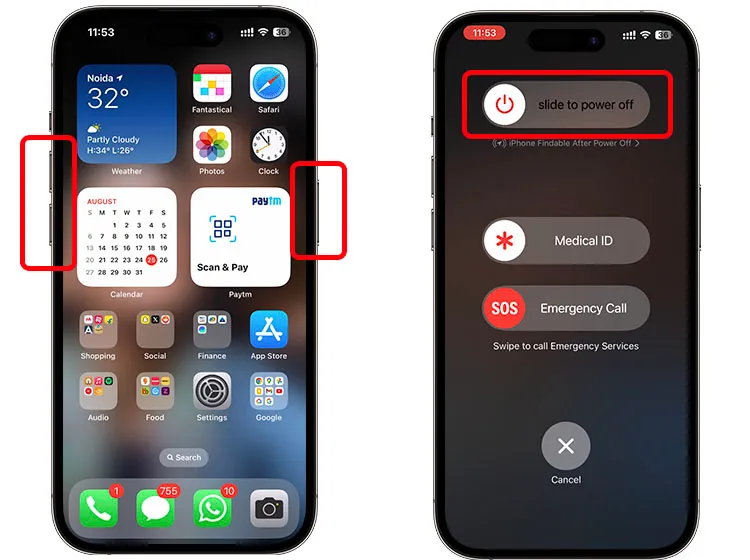
3. Confirm whether you’re running the latest version of iOS
If you’re running an outdated version of iOS, that could be what’s causing the problem. Update your device to the latest version as newer versions include bug fixes and provide a more stable experience.
Follow Apple’s official guide on how to update iOS on iPhone, it’s pretty straightforward.
4. Disabling MAC filtering
MAC filtering must be disabled from the router settings; it’s usually found under the Firewall options. This can help your device to connect to the network more easily. You can contact your ISP to inquire about how to disable MAC Filtering on your specific router, or simply refer to manual/instructions online to see how it’s done. We suggest consulting a professional if you’re not confident.
5. Turning off Private Wi-Fi Address
As we’ve mentioned in our list of reasons, if the option for Private Wi-Fi Address is enabled, it can be the culprit. Here’s how to disable that option:
- Open up the Settings app and select Wi-Fi.
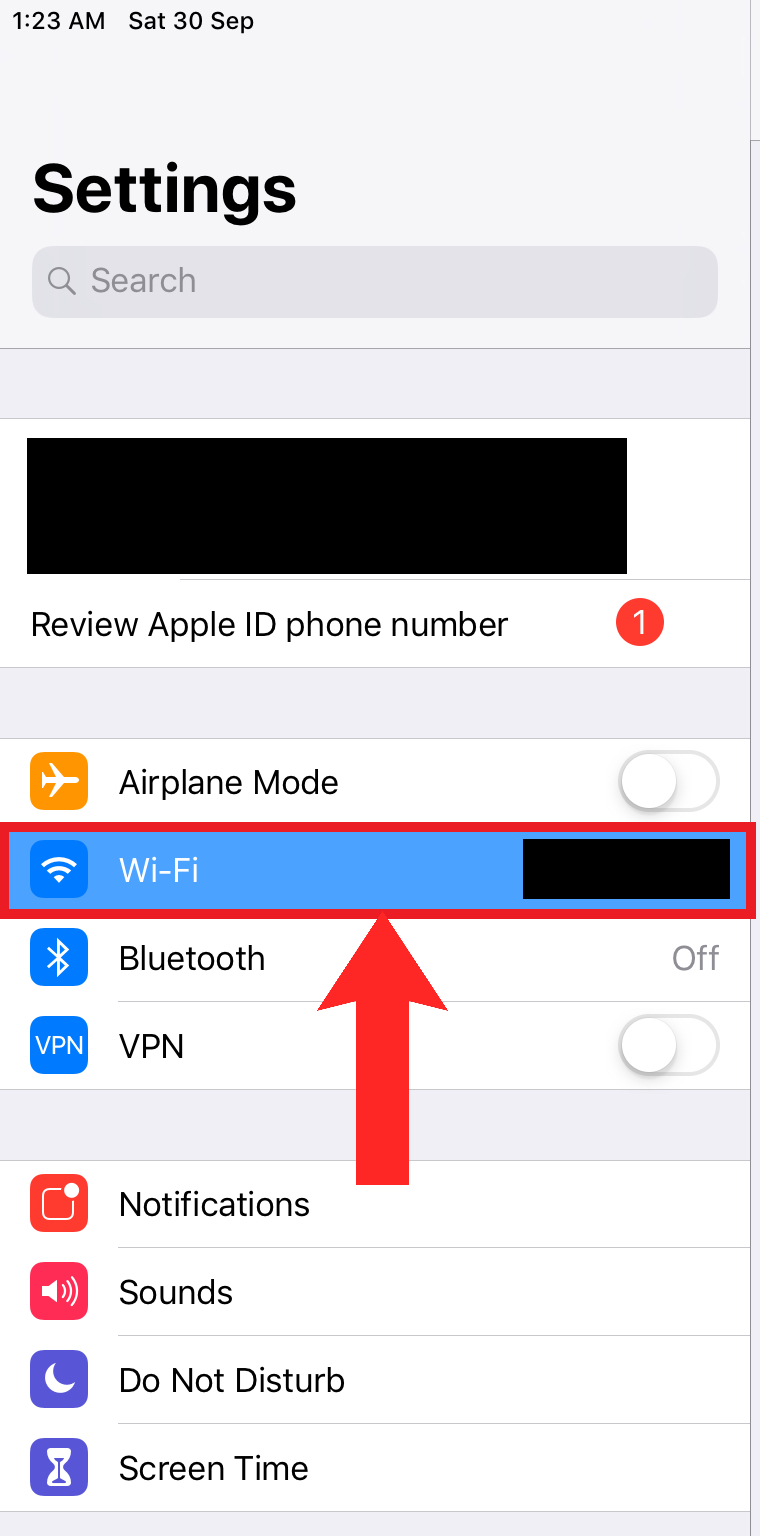
Select Wi-FI - Now, tap on the More Info button present next to your network name.
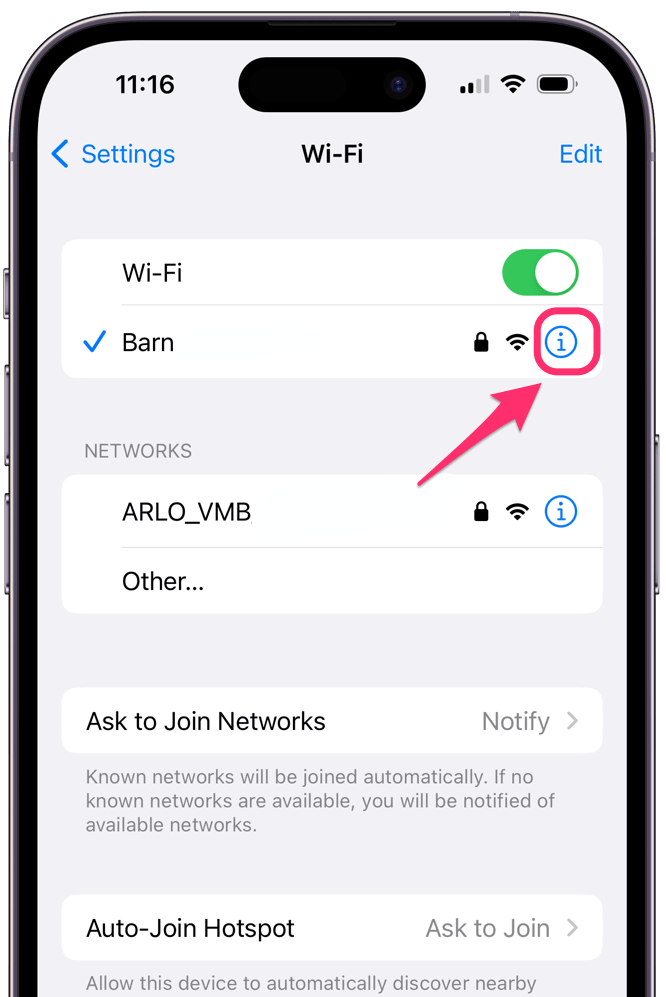
- Lastly, toggle the Private Wi-Fi Address off.
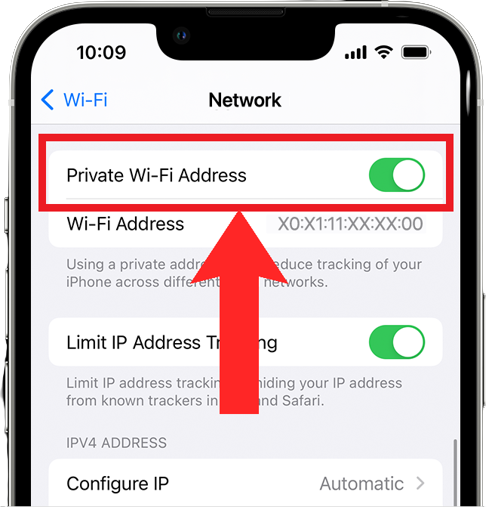
Toggle the switch off by tapping on it
6. Creating an alternate network
Creating a separate network can provide some clues as to whether wireless interference is indeed at play here. Access your router settings and create an entirely new network that uses different bands and channels and check whether your device manages to connect to it or not.
You can use YouTube as a guide for creating a new network, after confirming what brand of router you own. Alternatively, just contact your ISP and ask them how to do it.
To check what channel you are using, you can use Apple’s own AirPort Utility app. Here’s how to check the band using the AirPort utility:
- Download AirPort Utility from the App Store.
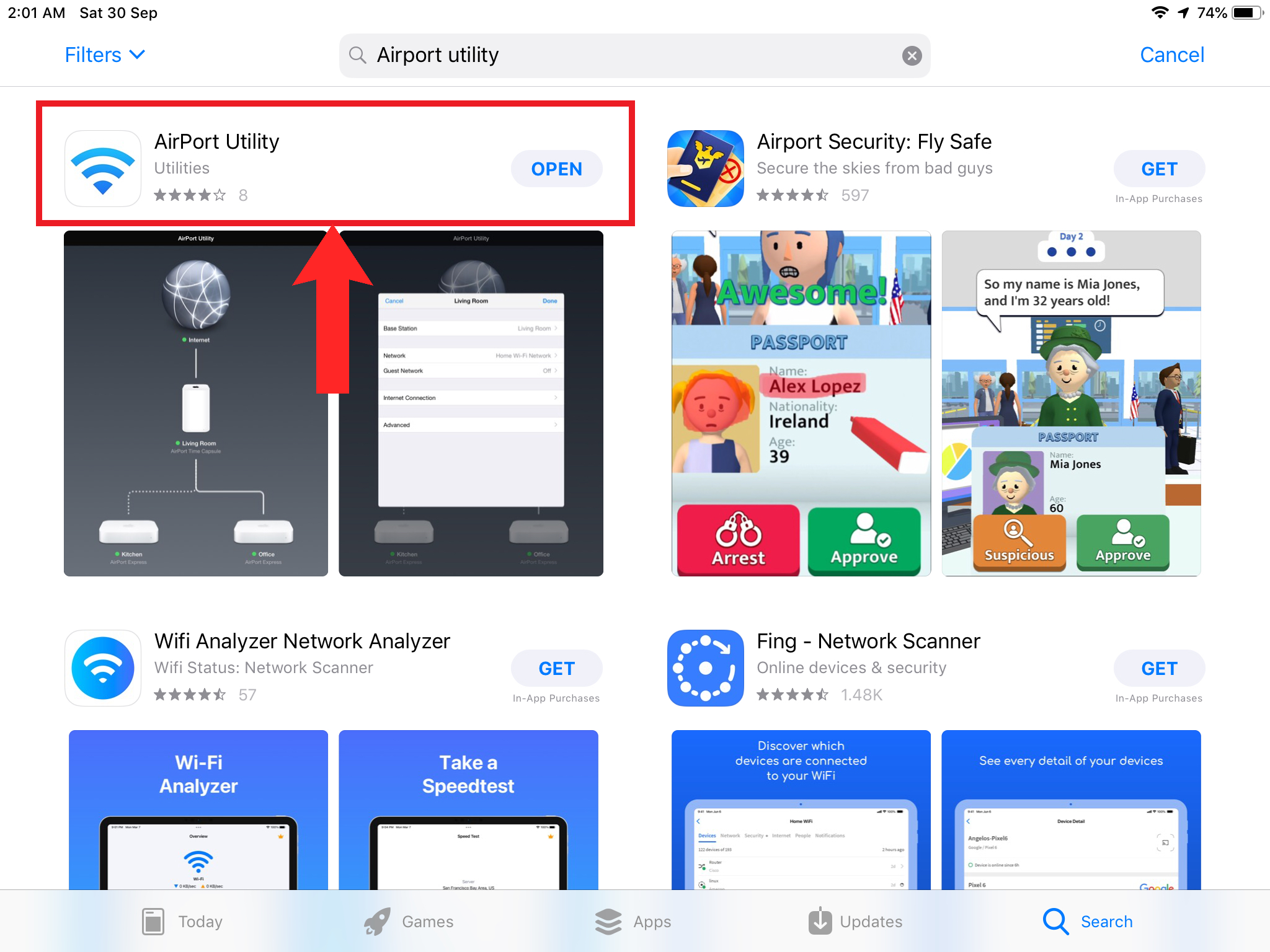
Download Airport Utility from the App Store - After it has finished downloading, open the Settings app, scroll down and find Airport Utility option.
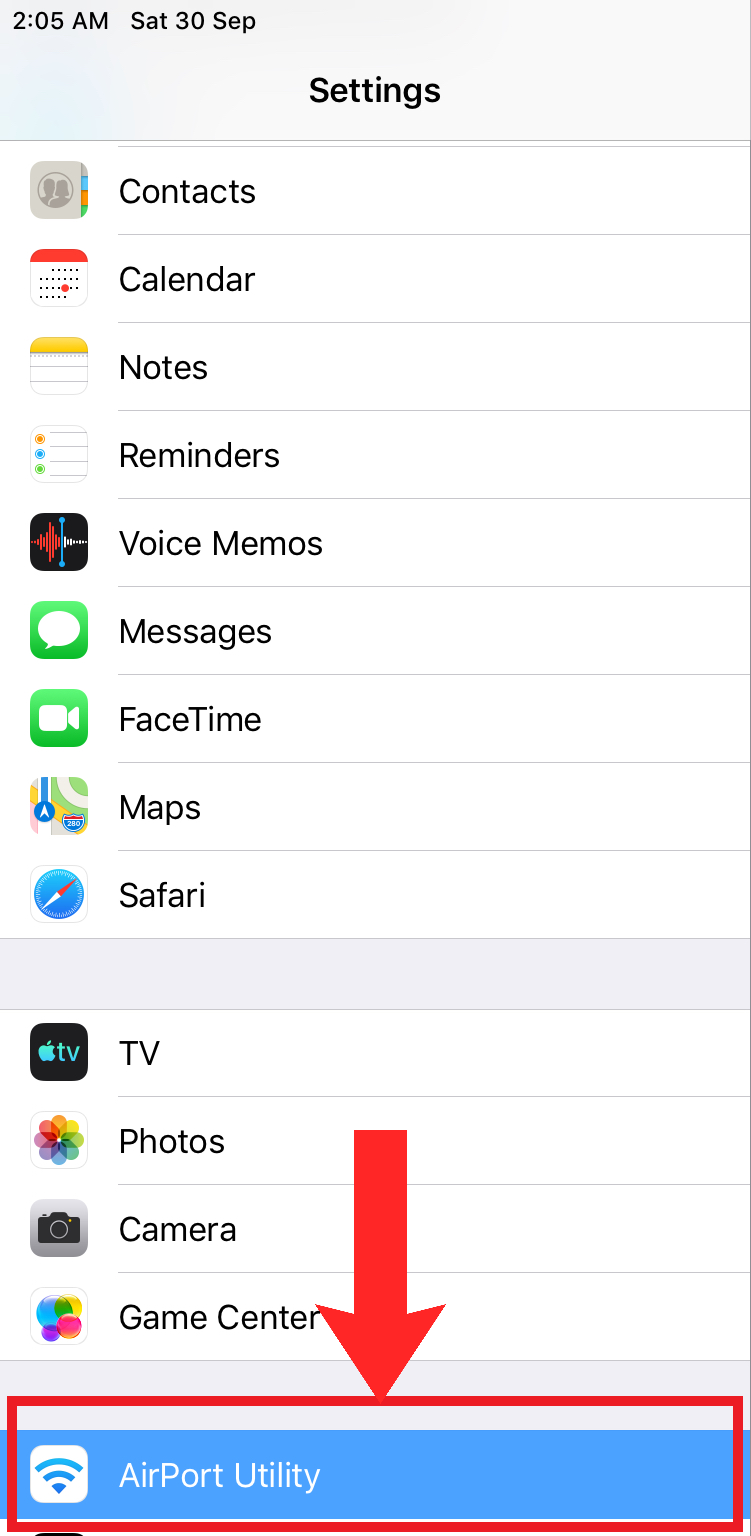
Find Airport Utility and select it - Next, enable the Wi-Fi Scanner option from the options presented.
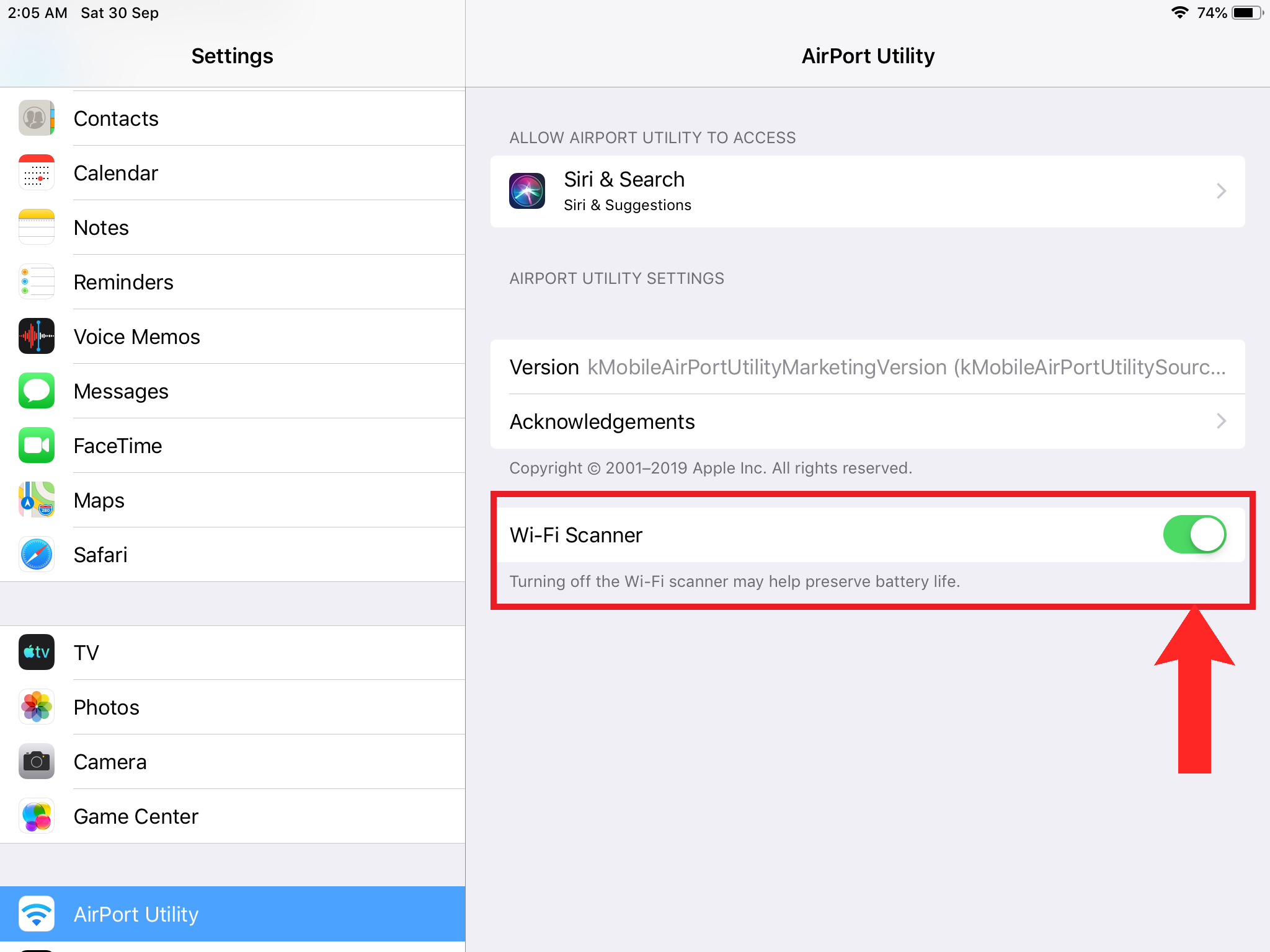
Toggle the Wi-Fi Scanner on - Now, go back to your Home screen and open up the AirPort Utility app.
- Choose Wi-Fi Scan from the top-right corner.
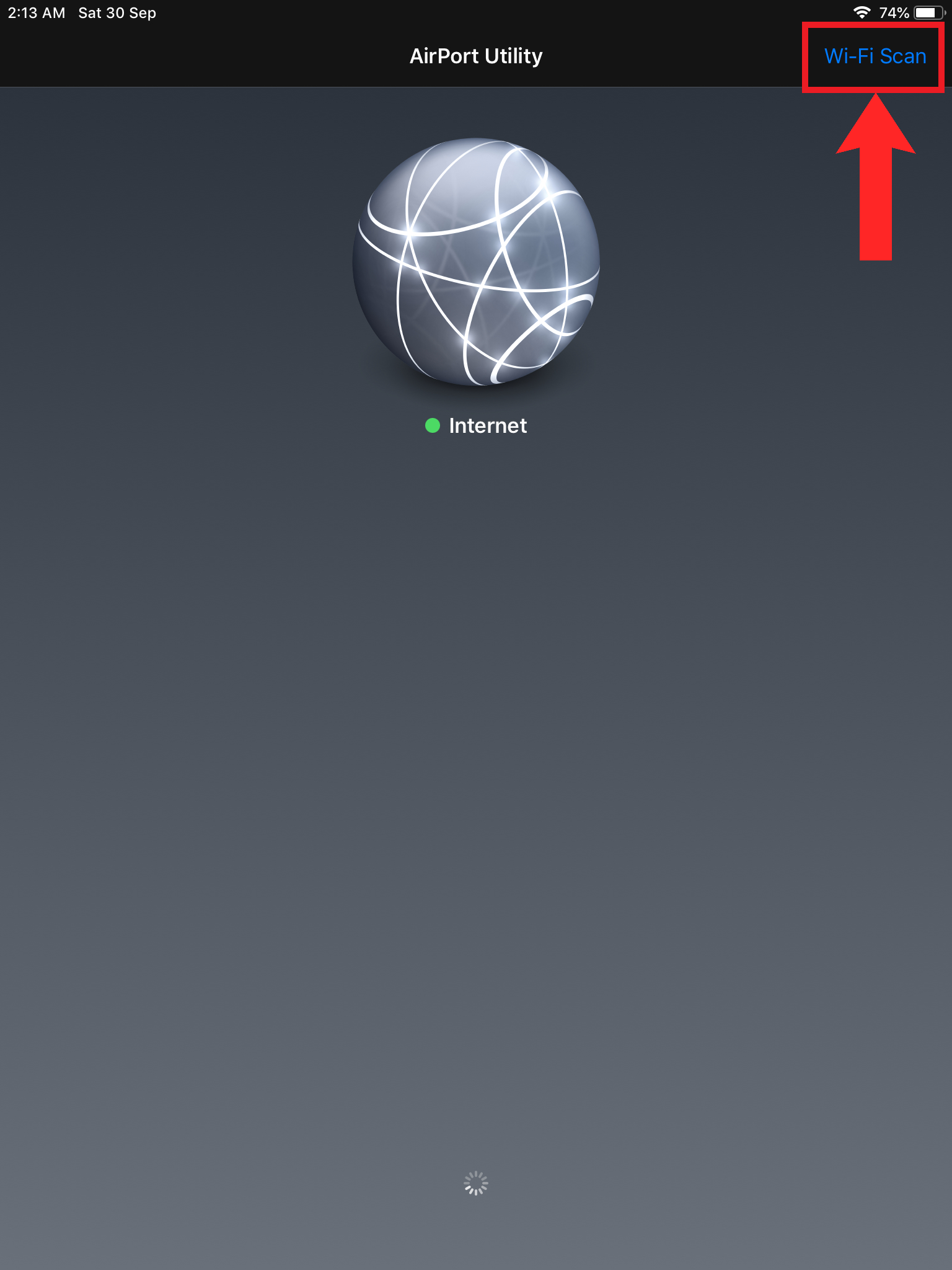
Tap on Wi-Fi Scan on the top-right corner - Tap on Scan on the pop-up that appears.
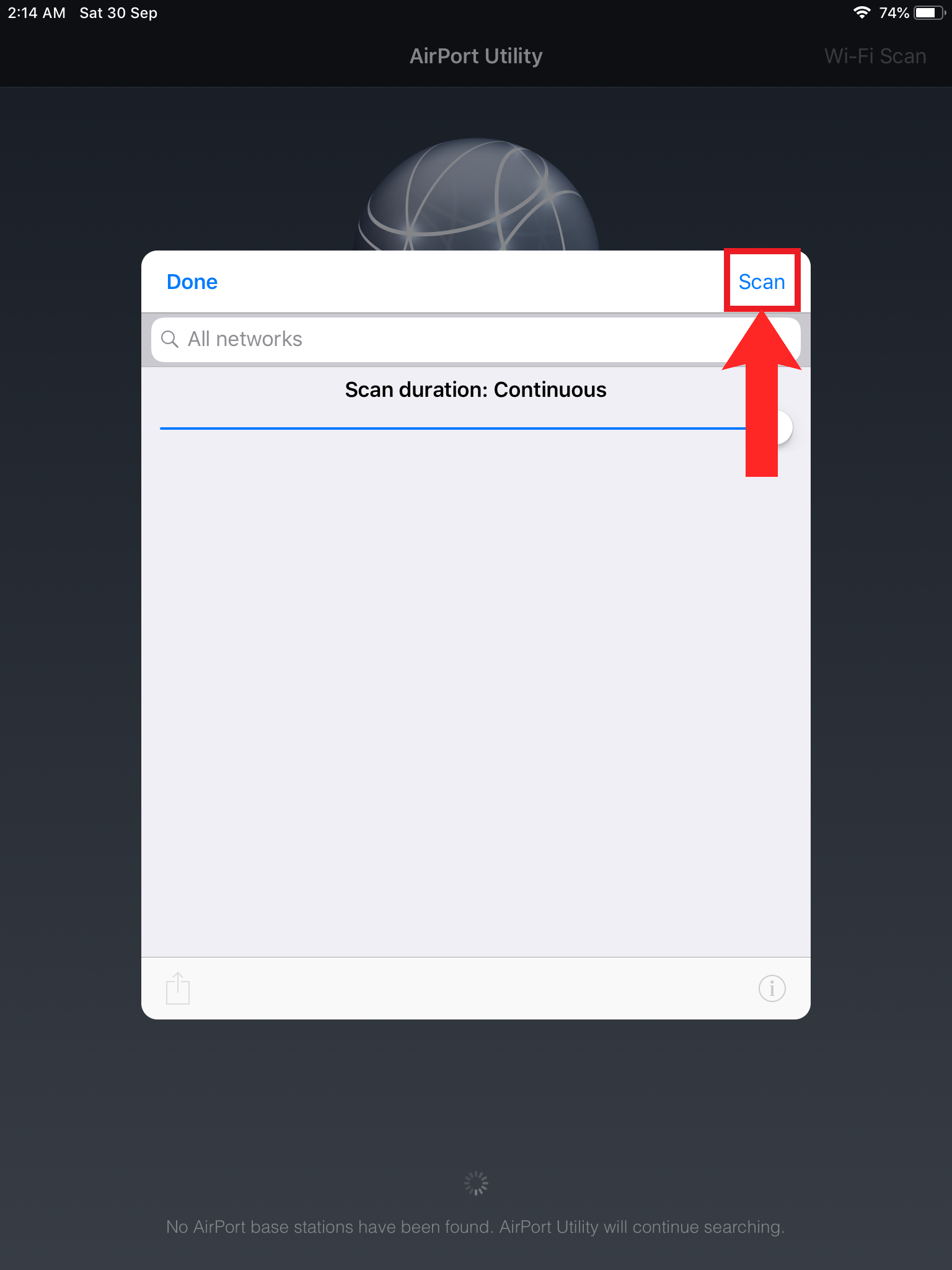
Tap on Scan - Finally, you’ll be able to see the channel nearby Wi-Fi networks are operating on.
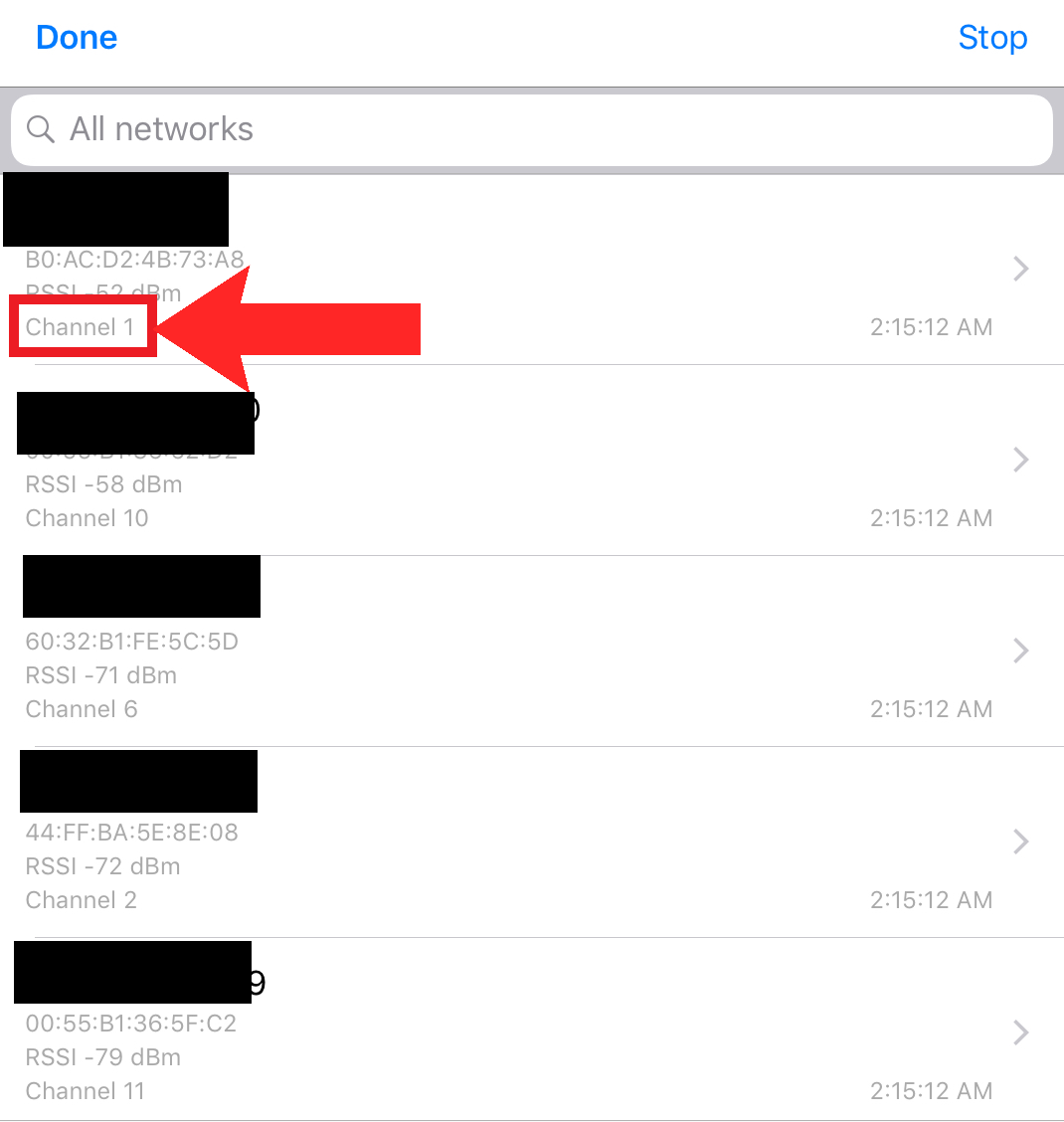
You’ll be able to see the what channels Wi-Fi networks in the vicinity are functioning on
7. Switching location services on and off
Many users have reported that this error can be fixed by just toggling your location services off, trying to connect to the Wi-Fi network, and then switching it on again. Location services have been known to generate connection issues. At any rate, here’s how to switch off location services on your iOS device:
- Open up Settings, scroll down and select Privacy.
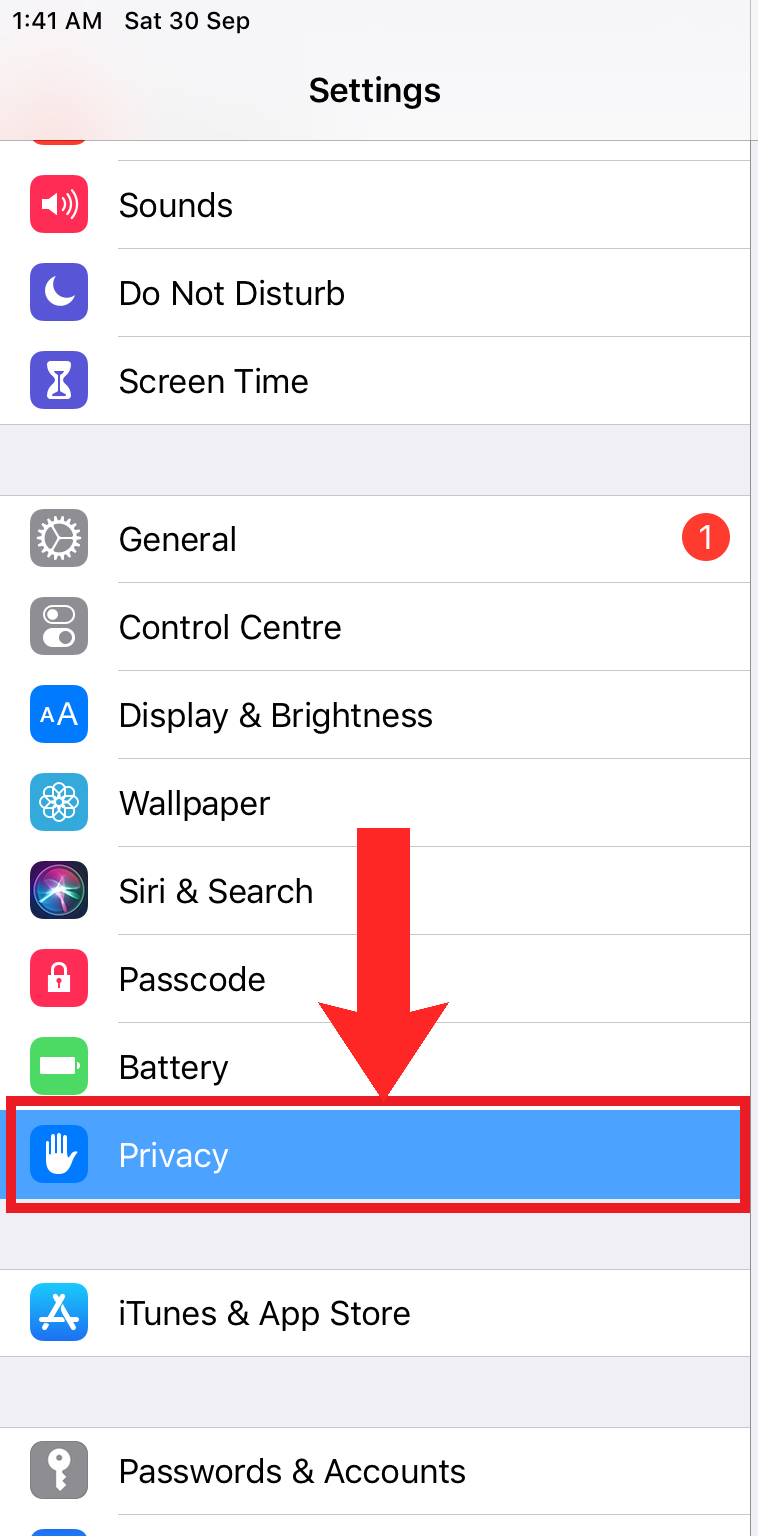
Select Privacy - Next, tap on Location Services.
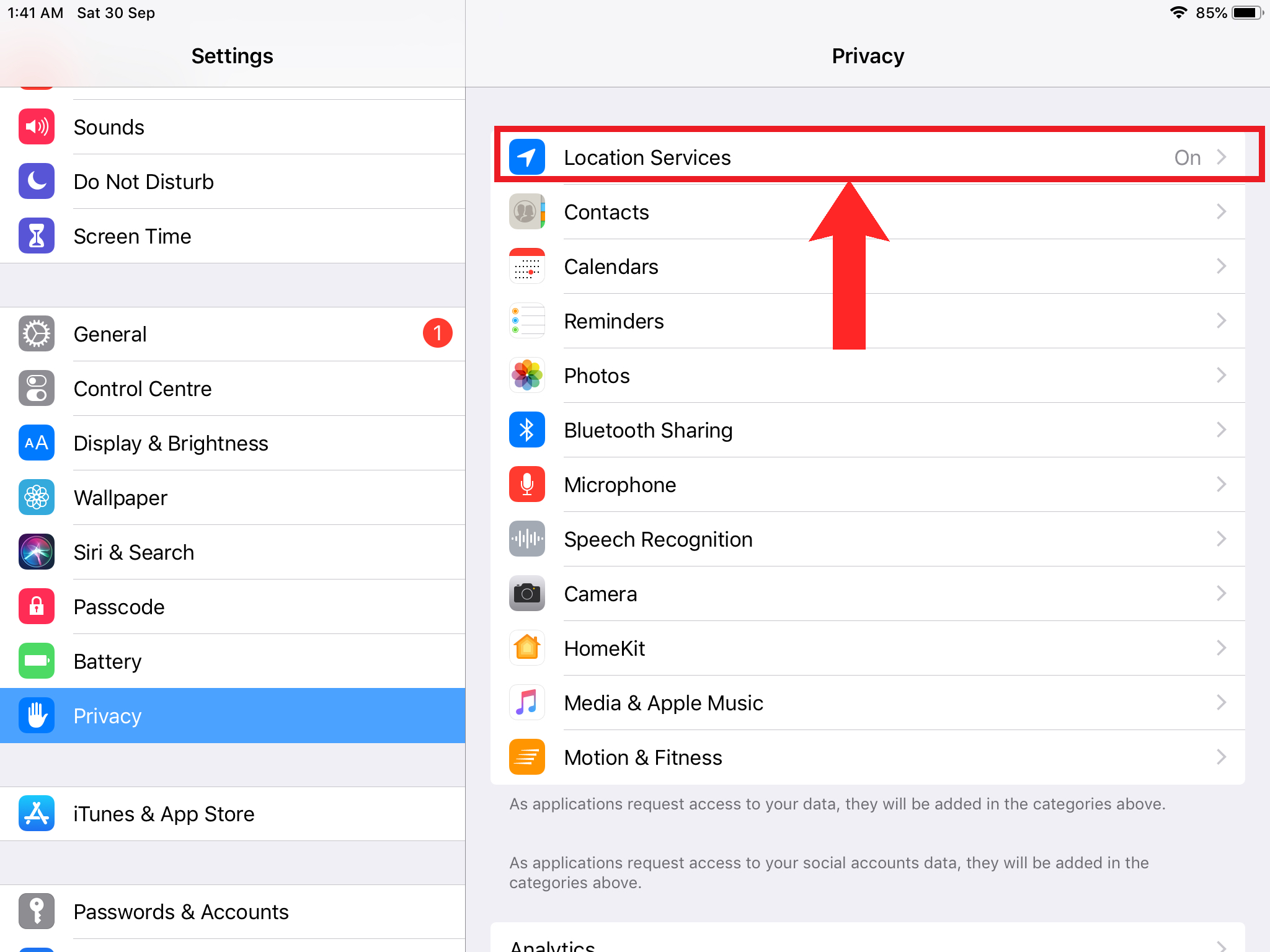
Location Services should be the first option on the list - Switch the Location Services off.
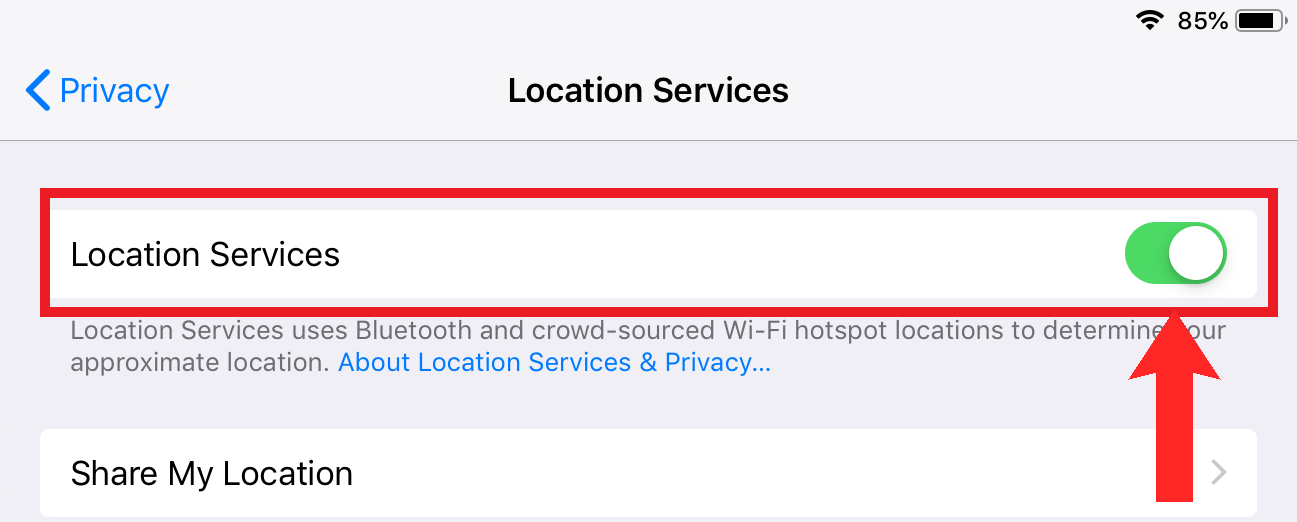
Toggle the switch off
Read More: Difference Between No Location Found and Location Not Available
8. Resetting network settings
Resetting network settings will provide you with a clean slate for your iOS device networks by erasing all data related to Wi-Fi, Bluetooth, and other such settings. Of course, make sure you remember all you Wi-Fi passwords before going ahead with this method.
To rest your network settings, follow the steps outlined below:
- Open the Settings app and select General.
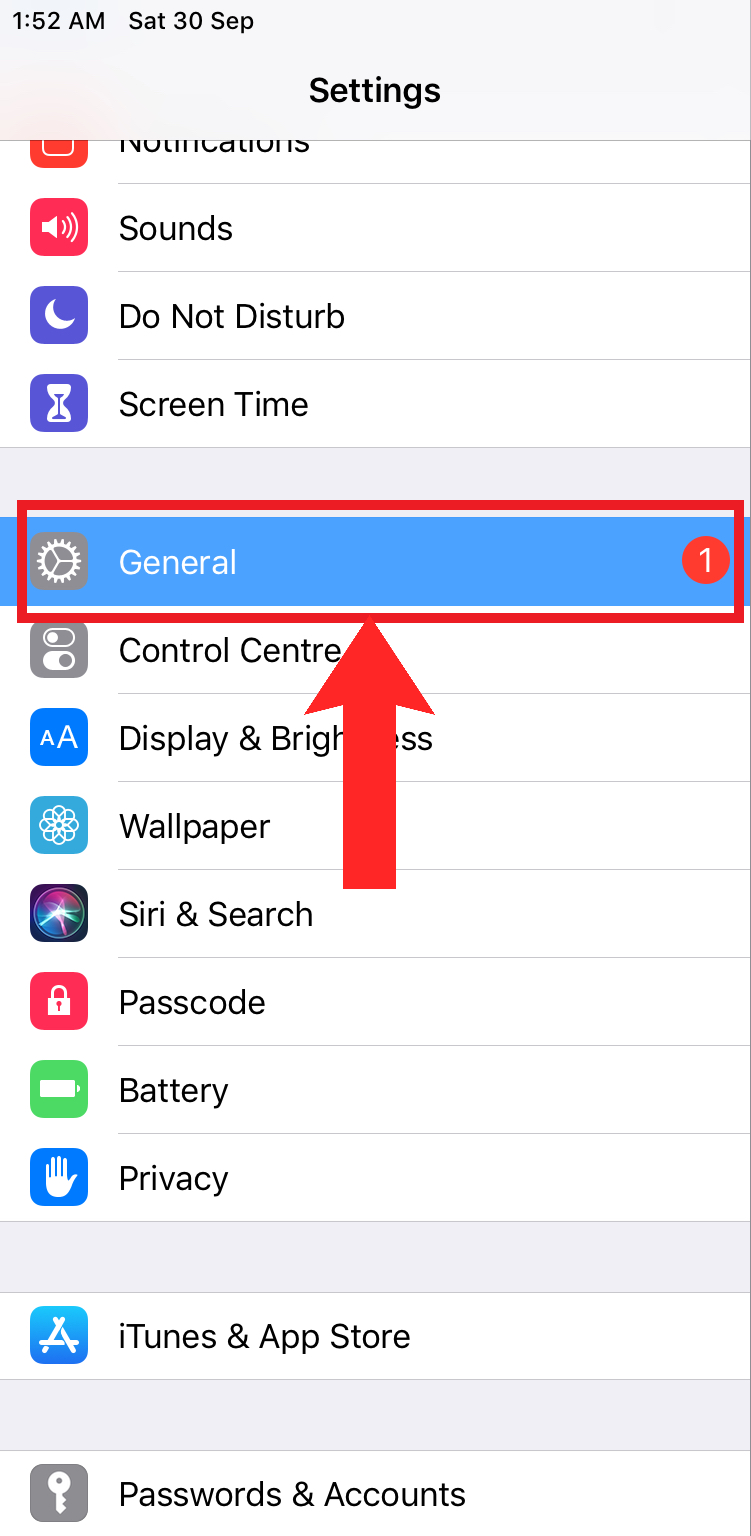
Select General - Then, scroll down and select Reset.
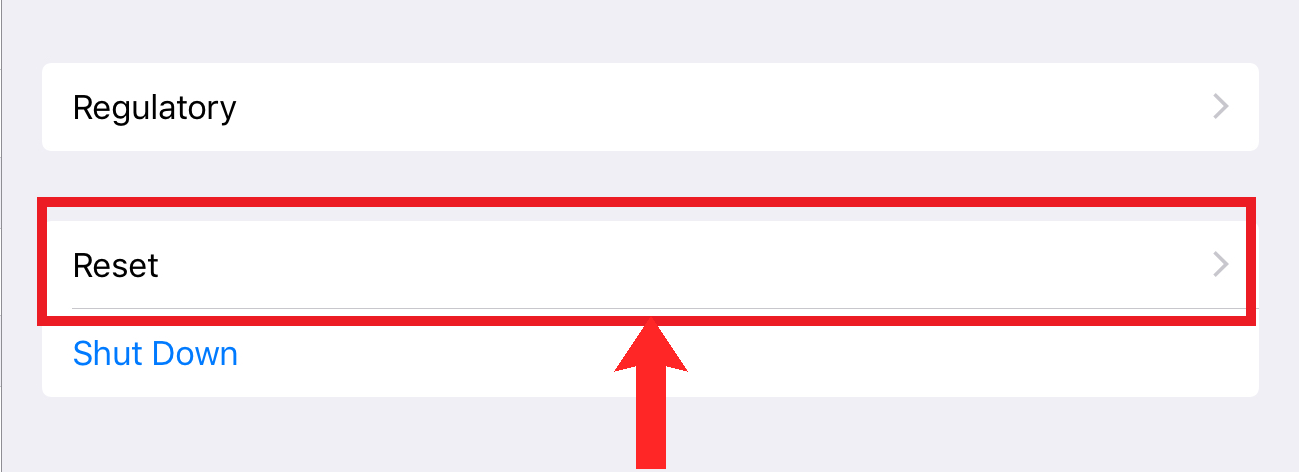
Tap on Reset - Next, choose Reset Network Settings from the list of options.
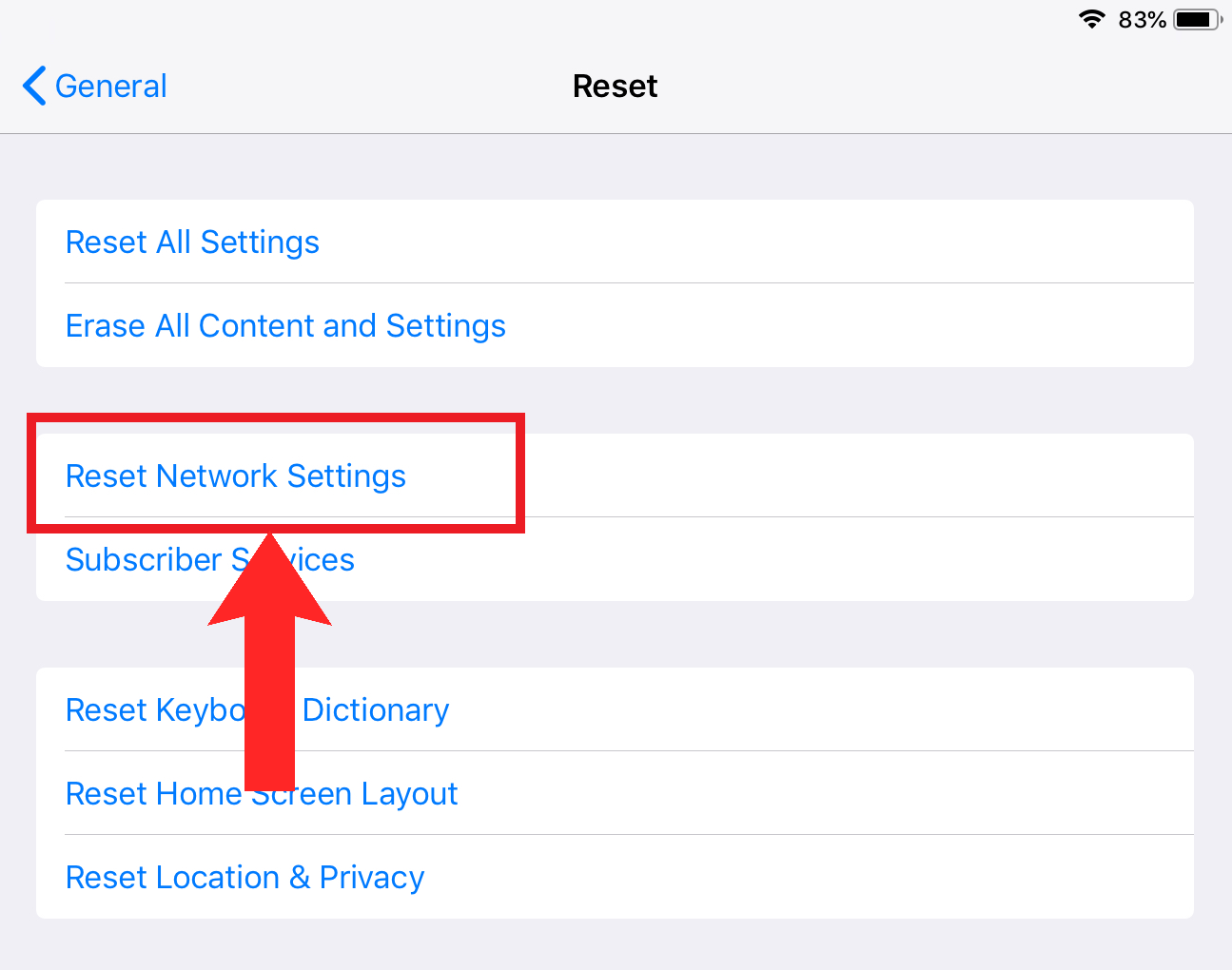
Choose Reset Network Settings - Lastly, tap on Reset on the confirmation dialog box that appears.
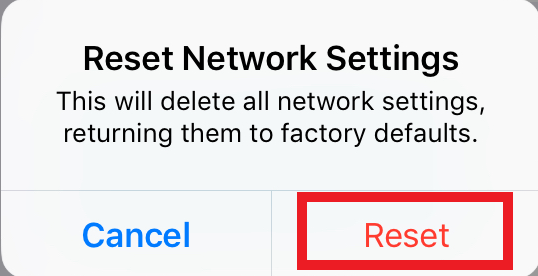
Tap on Reset
Conclusion
Encountering network errors on iOS devices, especially those running iOS 15 and 16, can be a frustrating experience. However, as outlined in this guide, there are several actionable solutions to address this issue. While the methods provided here should resolve the error for most users, it’s essential to remember that technology is not always predictable.
If these solutions don’t yield the desired results, it might be prudent to consult with Apple Support or your network provider for more specialized assistance.
FAQs
In most cases, the culprit is wireless interferences from other networks. Other causes include MAC filtering being enabled on router settings, private Wi-Fi address enabled on iOS settings and others.
A different frequency and channel allow for less interference from other wireless signals and help your network’s signals be more easily identifiable by devices.
Creating a separate network can alleviate the traffic on your existing network and help diagnose whether your network is indeed the issue.
So far, there have been no reports of this error being encountered in iOS 17, so hopefully Apple has patched it out.
 Reviewed by
Reviewed by 




